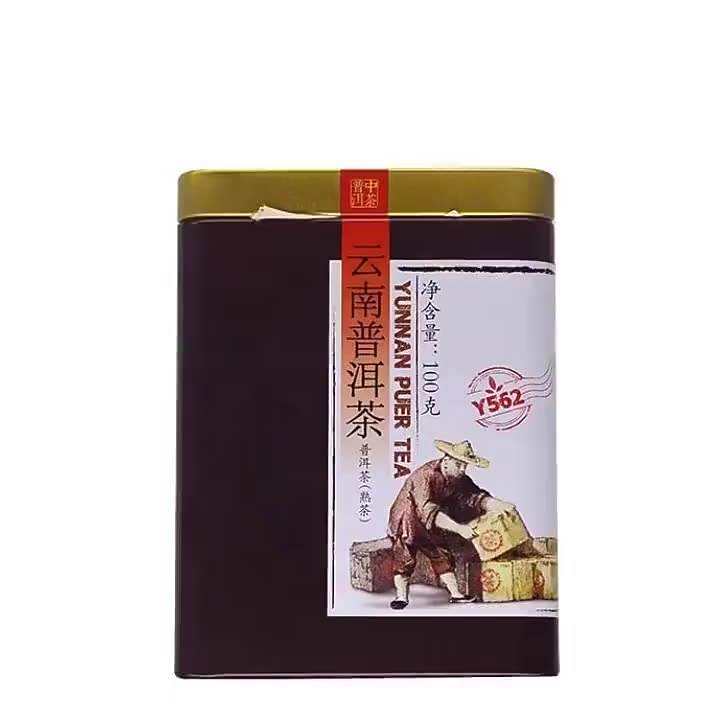International Tea Day 2024 | China Tea and AAU’s Joint-Cooperation in Tea Science and Technology, Boosting Tea Industry Development of New Times
International Tea Day of May 21 is the day belongs to every tea people worldwide. This year 2024, on this special day, China Tea Co., Ltd (hereinafter referred to as "China Tea") and Anhui Agricultural University (AAU) jointly signed a Strategic Framework Cooperation Agreement in Beijing. The two parties agree to carry out all-round industry-university-research cooperation in talent cultivation, academic exchanges, scientific research platform construction, and scientific and technological achievement transformation.
View More
